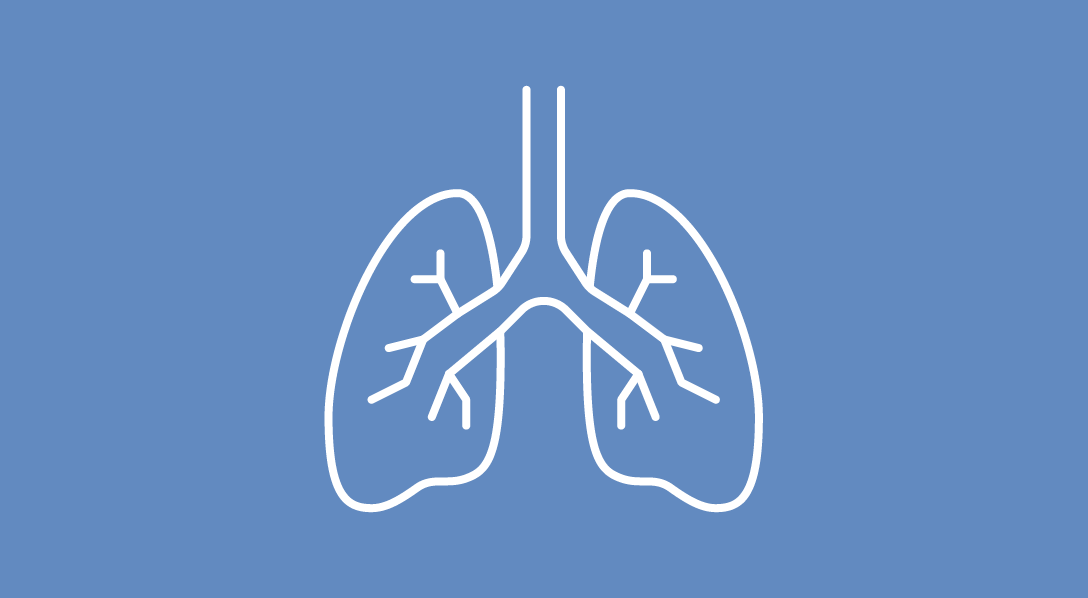
Key Takeaways:
Understanding the Lack of Efficacy: Sacituzumab Govitecan in Pretreated NSCLC Patients
When it comes to treating non-small cell lung cancer (NSCLC), researchers and clinicians are constantly searching for innovative therapies that can improve overall survival rates. Sacituzumab Govitecan, a novel agent in the fight against NSCLC, unfortunately, fell short in delivering the expected treatment outcomes for previously treated patients. In this article, we will explore why Sacituzumab Govitecan failed to improve overall survival in pretreated NSCLC patients, looking beyond content quality and taking a holistic view of the situation to identify potential contributing factors.
Understanding NSCLC and Pretreated Patients
Before delving into the reasons behind Sacituzumab Govitecan’s lack of efficacy, it is important to understand NSCLC and the specific patient population being targeted. Non-small cell lung cancer refers to a group of lung cancers that all share similar characteristics in terms of diagnosis and treatment approaches. Pretreated NSCLC patients are those who have already undergone various rounds of treatment, such as chemotherapy or radiation therapy.
Given the resistant nature of pretreated NSCLC, finding effective treatment options becomes increasingly challenging. Therefore, the failure of Sacituzumab Govitecan to improve overall survival must be analyzed in the context of this difficult patient population.
Complexities in Sacituzumab Govitecan
Sacituzumab Govitecan is an antibody-drug conjugate specifically designed to target Trop-2 receptors in various cancer types, including NSCLC. It consists of Sacituzumab, an anti-Trop-2 humanized monoclonal antibody, and SN-38, a toxic payload derived from irinotecan.
While the concept behind the drug holds promise, several complexities may explain its lack of efficacy in pretreated NSCLC patients. These complexities include:
1. Variability in Trop-2 Expression Levels:
One potential reason for the failure of Sacituzumab Govitecan may be the variability in Trop-2 expression levels among NSCLC patients. Trop-2 expression can differ significantly between patients, potentially affecting the drug’s ability to target cancer cells effectively. As a result, response rates and overall survival outcomes may vary, further complicating treatment efficacy analysis.
2. Resistance Mechanisms:
NSCLC is known for its ability to develop resistance mechanisms against various therapies. Pretreated patients might have accumulated mechanisms that allow cancer cells to escape Sacituzumab Govitecan’s deadly effects. Understanding these resistance mechanisms and finding innovative approaches to overcome them is paramount for future treatment development.
3. Impact of Prior Treatments:
The treatments that patients receive before Sacituzumab Govitecan also play a significant role in its efficacy. Previous therapies such as chemotherapy and radiation can alter the tumor microenvironment and affect the response to subsequent treatments. The interactions between prior treatments and Sacituzumab Govitecan warrant further exploration to determine their influence on overall survival rates.
Finding Alternatives and Opportunities
Although Sacituzumab Govitecan may not have shown the desired outcomes in pretreated NSCLC patients, it is crucial not to dismiss the potential it holds in different treatment settings. As researchers and clinicians continue their tireless efforts, exploring alternative treatment options remains essential in the pursuit of improved patient outcomes.
Furthermore, failure in one agent does not equate to overall failure. The setbacks and knowledge gained from the study of Sacituzumab Govitecan can pave the way for future innovations and advancements in NSCLC treatment. The healthcare community must remain optimistic and continue to collaborate, allowing new avenues for discovery and new therapeutic approaches to emerge.
Frequently Asked Questions
Conclusion
In summary, Sacituzumab Govitecan’s failure to improve overall survival in pretreated NSCLC patients underscores the complexity of treating this specific patient population. Variability in Trop-2 expression levels, resistance mechanisms, and the impact of prior treatments all contribute to the lack of efficacy seen in this study. However, it is crucial to remember that setbacks are an inevitable part of medical research, driving the healthcare community to seek alternative options and new approaches to enhance patient outcomes. As we move forward, ongoing clinical trials and collaborative efforts will continue to shed light on NSCLC treatment and drive the development of more effective therapies.
Source: insidertechno.com